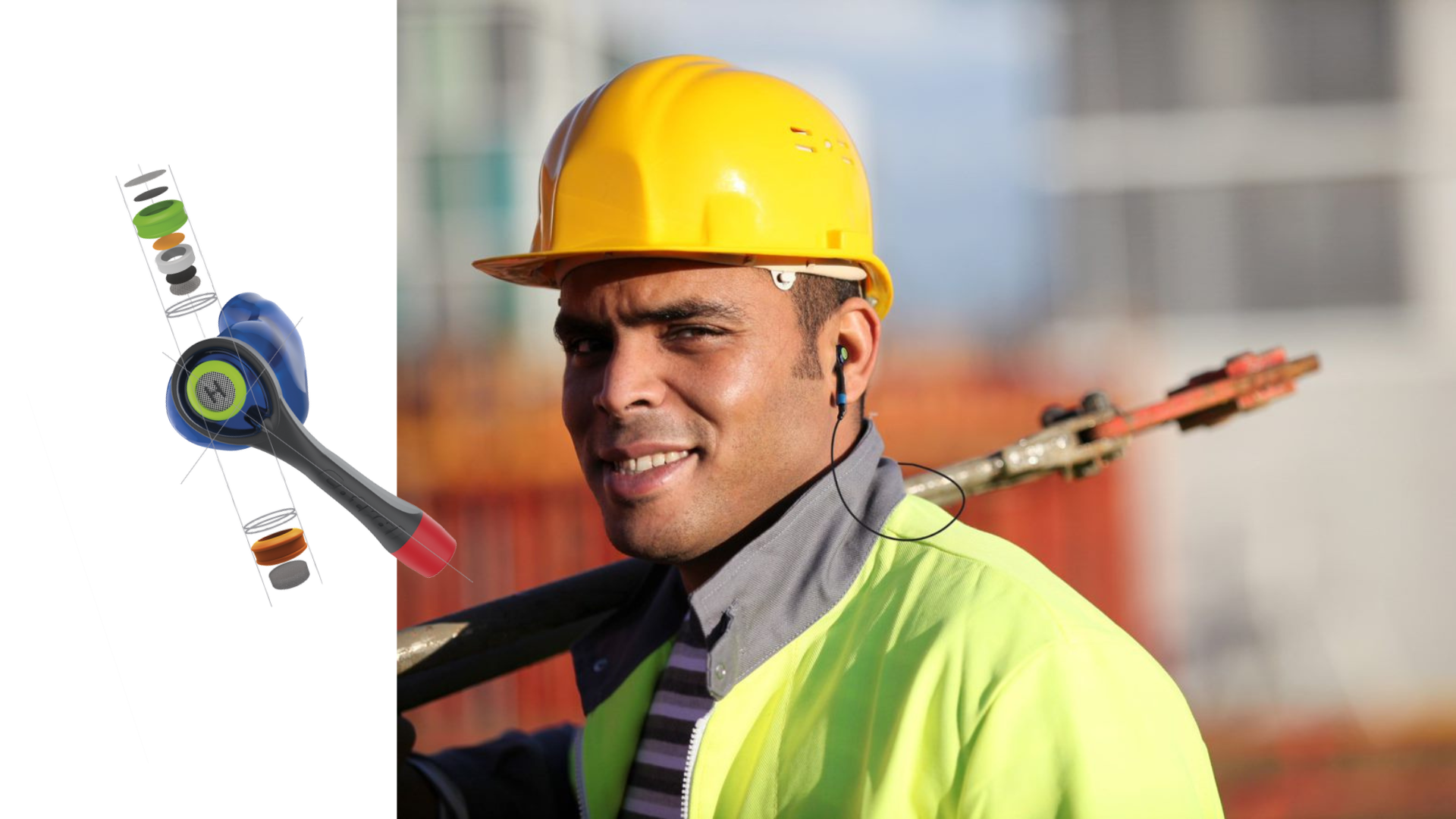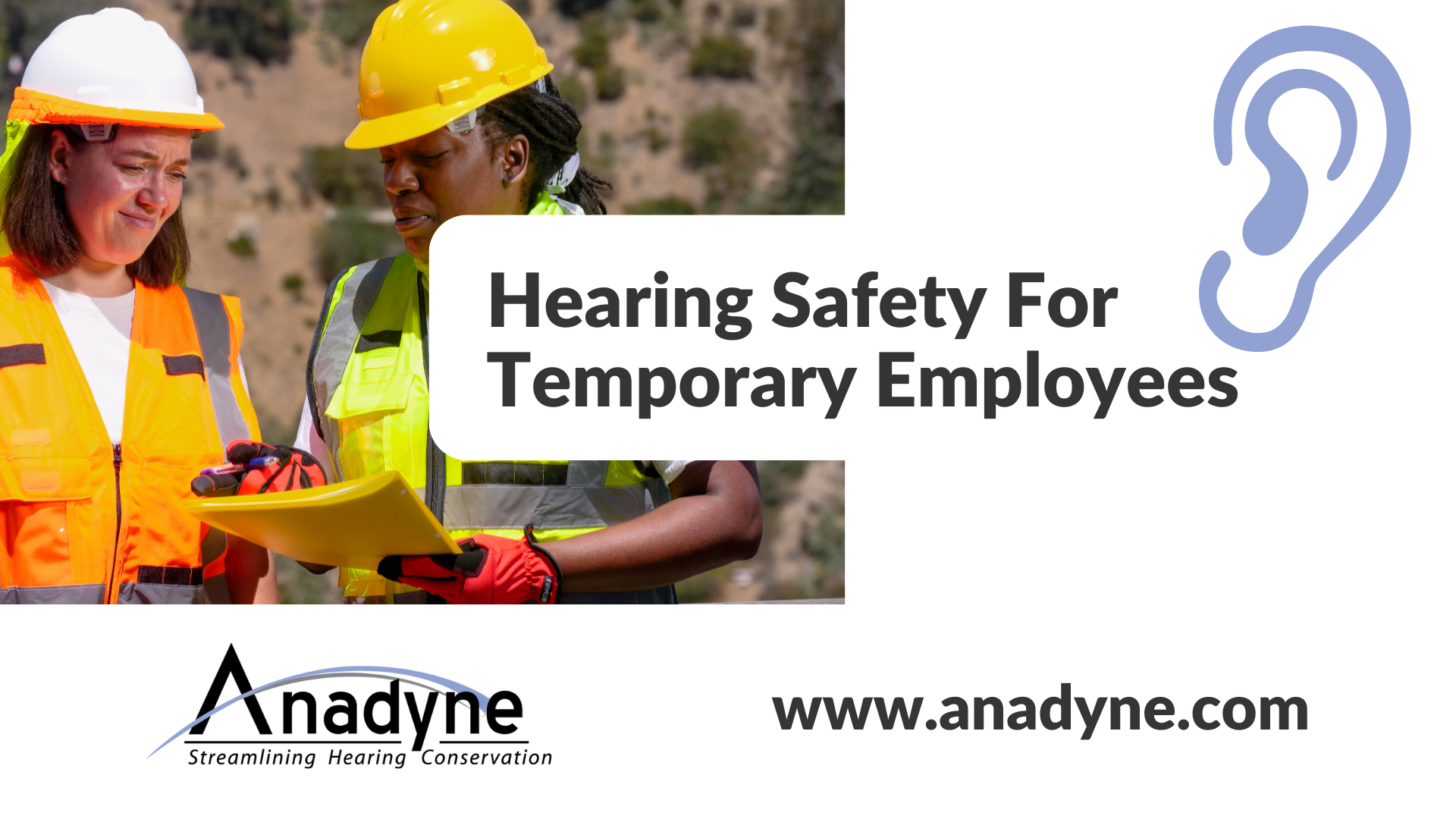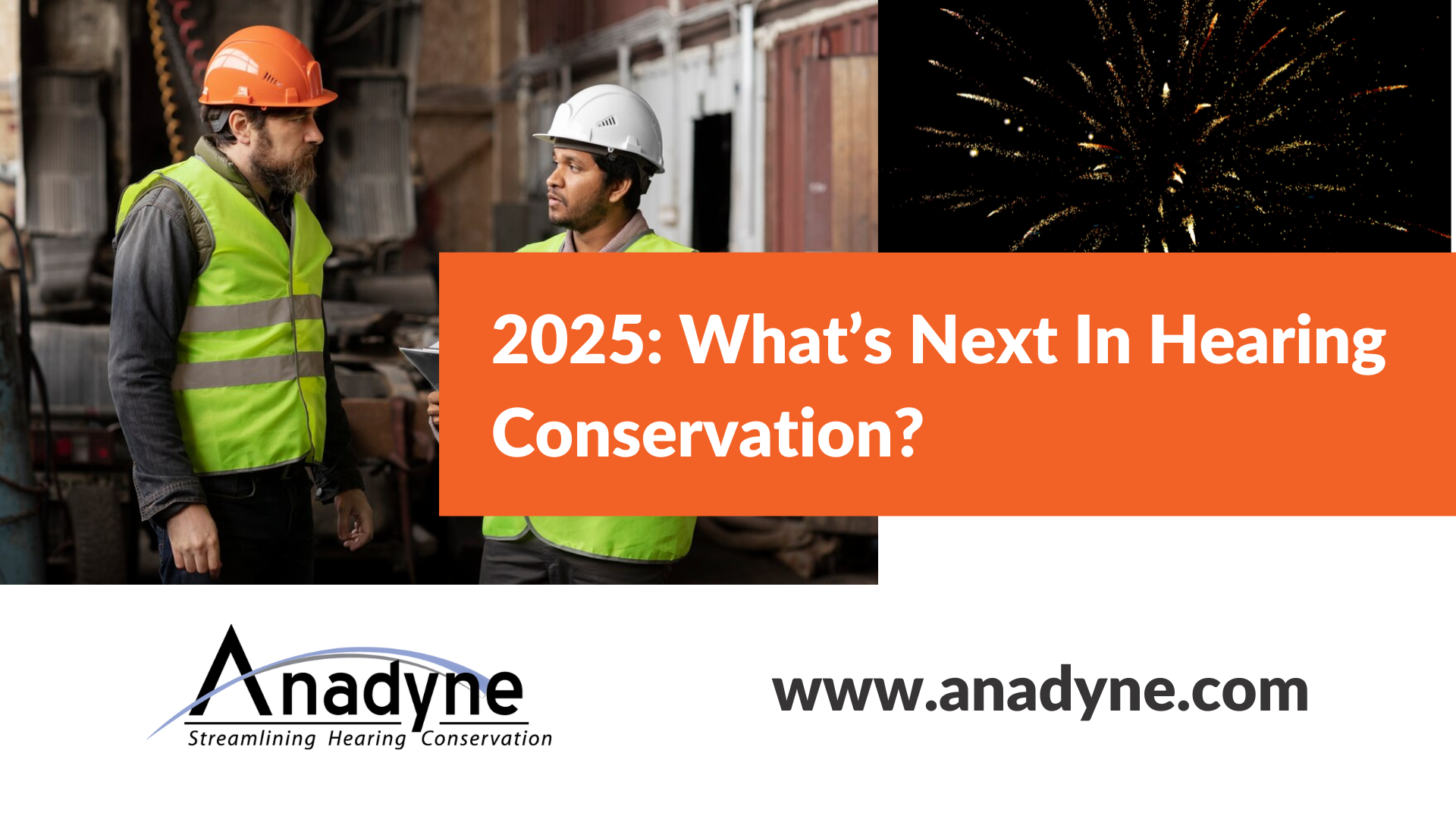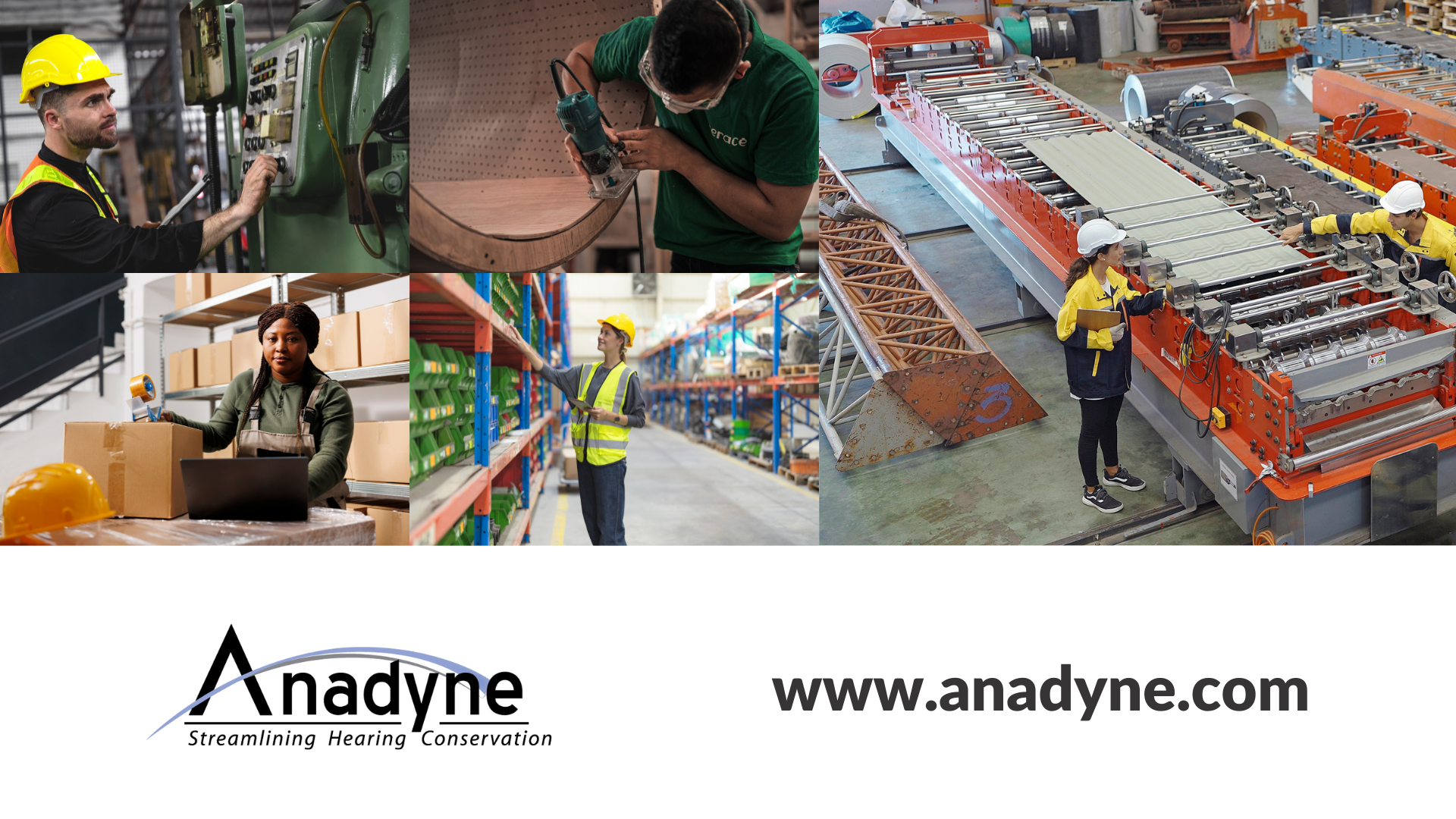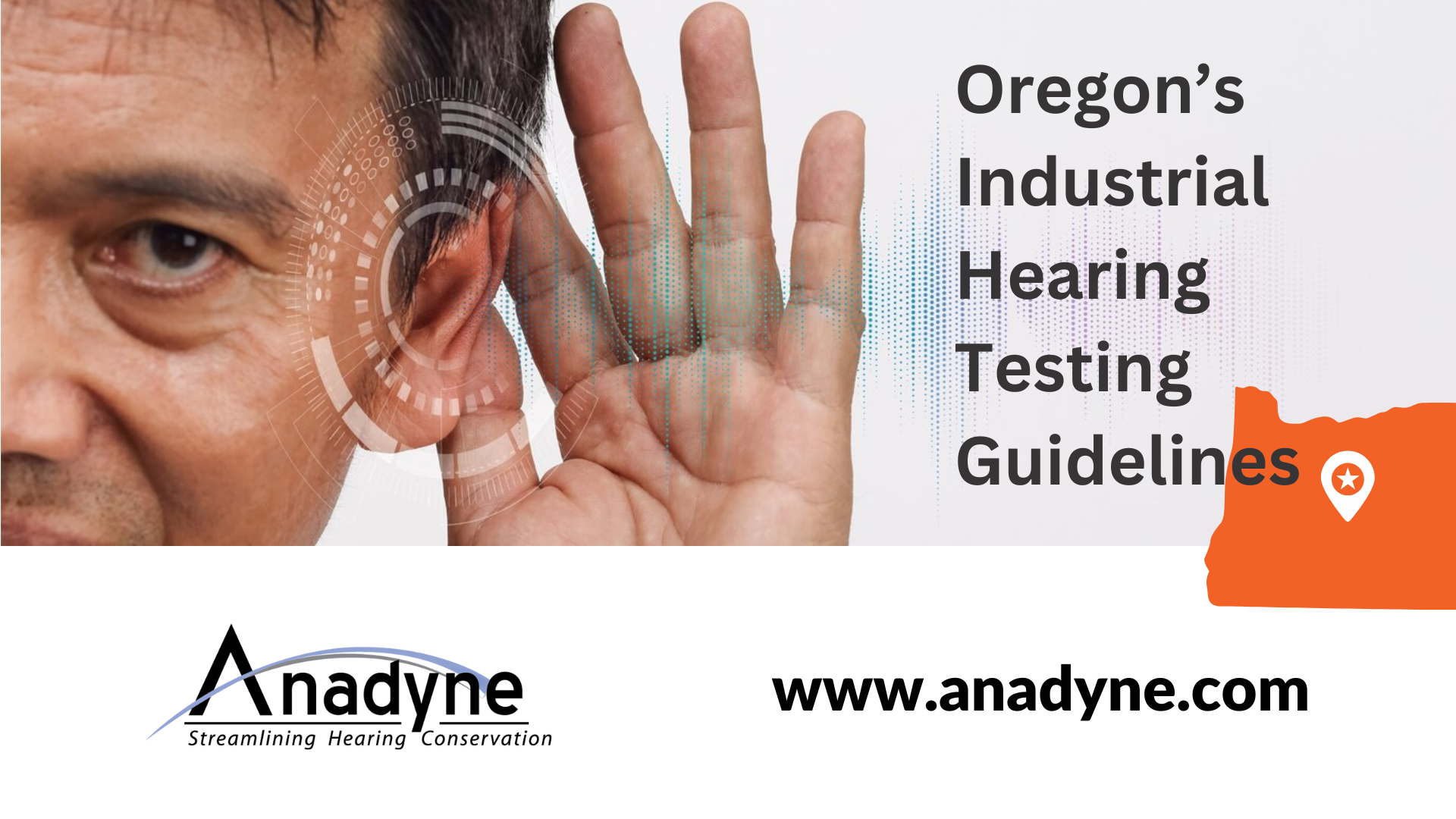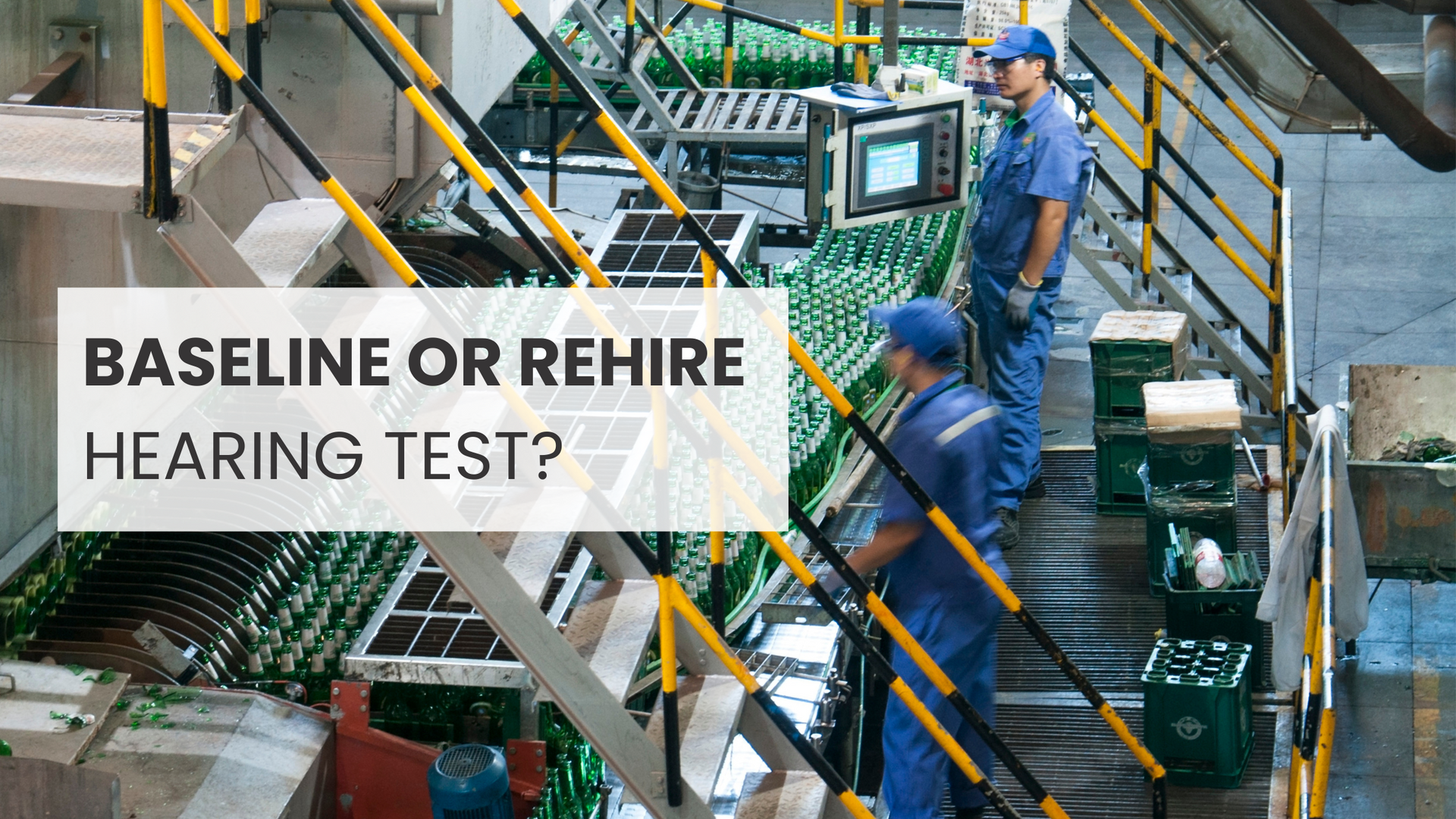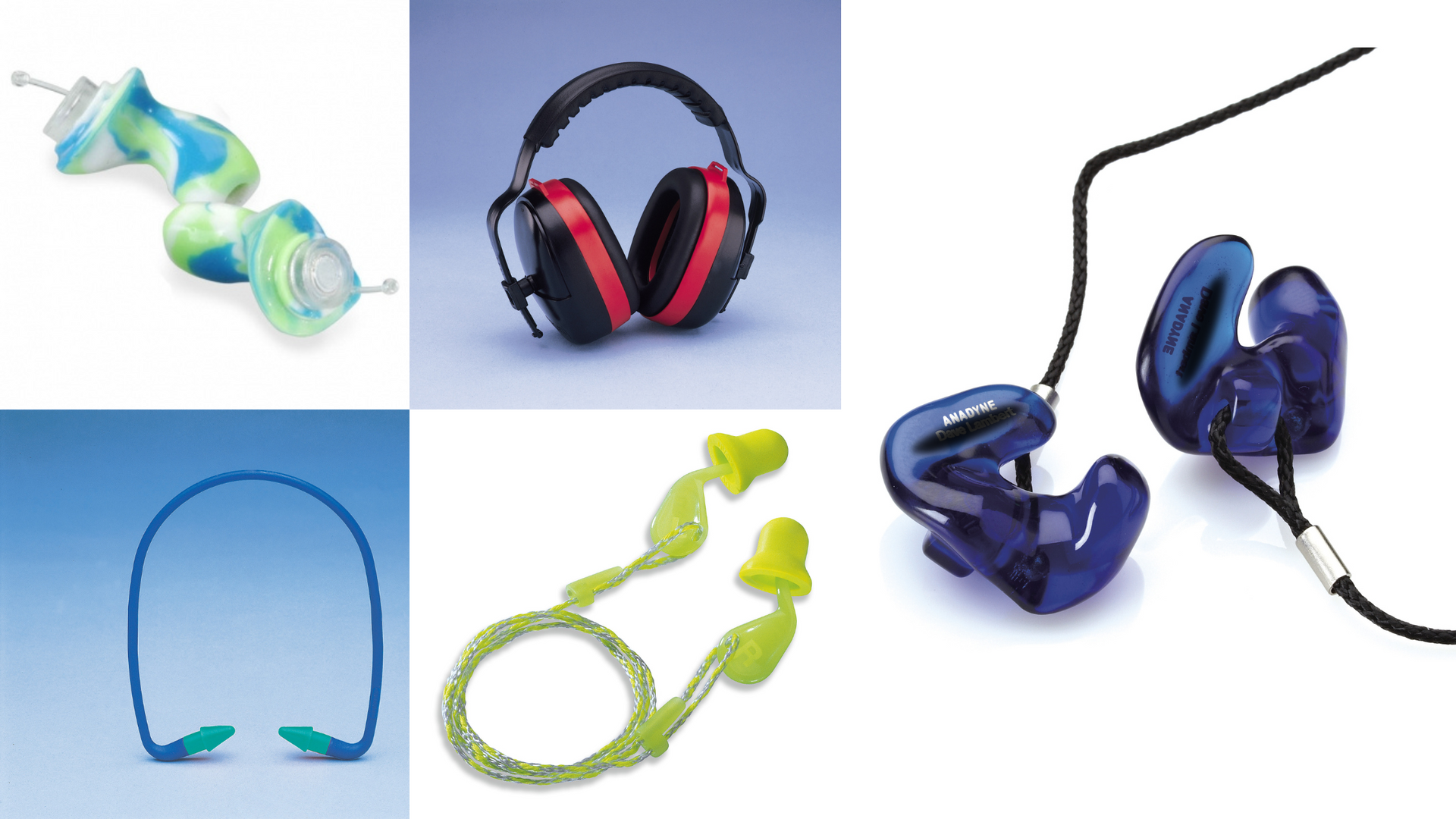The Importance of Hearing Protection Fit Testing
Hearing Protection Devices: Are the Ratings Accurate?

The hearing rating shown on HPDs packaging is often inaccurate.
When it comes to protecting our hearing in noisy environments, we often rely on the ratings provided on the packaging of earplugs and other hearing protection devices (HPDs). These ratings can be deceiving and may not accurately reflect real-world performance. In fact, the figure on the packaging is nothing more than a rough estimate of the protection you’re actually getting.
While some users might achieve the stated level of noise reduction, many do not. This disparity in real-world effectiveness has led experts to emphasize the need of hearing protection fit testing. Fit testing is the key to bridging the gap between laboratory estimates of attenuation and the actual attenuation achieved by workers as they wear their protectors in their daily routines.
Fit testing is the key to bridging the gap between attenuation estimates and the actual attenuation.
So why is fit testing so essential? The answer is simple: it’s the only way to determine how much noise reduction a person actually gets from their hearing protection device.
As mentioned earlier, the rating on the packaging can be misleading. It might provide a point of comparison between different products, showing that Product A offers more or less protection than Product B. However, relying on this rating, even if it is de-rated to account for real-world use, is not reliable when protecting your hearing.
One of the primary reasons for the wide range of attenuation provided by any given earplug is the uniqueness of each individual’s ear canal and the way they insert the device. Factors like ear shape, size, and the method of insertion can significantly affect the earplug’s performance. That’s why it’s important to test HPDs on the individuals who will be using them.
Hearing protection fit testing involves assessing how well an earplug fits within an individual’s ear canal. By doing this, you can determine the actual protection that person is receiving from the device. Fit testing takes into account the real-world variables that impact effectiveness, such as the seal between the earplug and the ear canal. This method offers a much more accurate representation of the protection provided by the HPD, tailored to the specific user.
In conclusion, if you work in a noisy environment or use hearing protection regularly, don’t rely solely on the rating displayed on the packaging of your chosen device. Instead, consider the importance of hearing protection fit testing. It’s the only way to ensure that you’re getting the level of protection you need to protect your hearing.
Investing in proper fit testing will preserve your hearing for years to come.
Want to know more?
Contact an Anadyne rep today.

